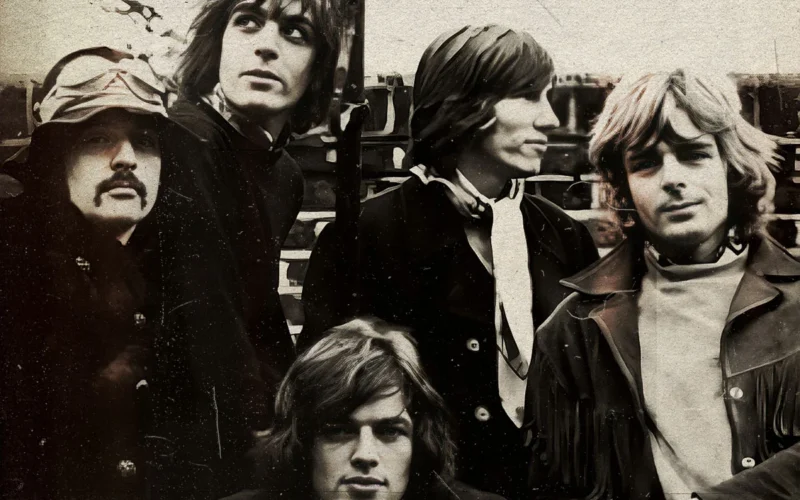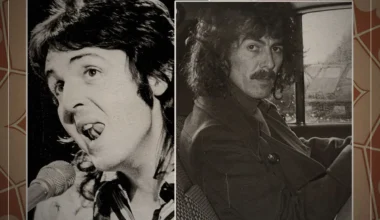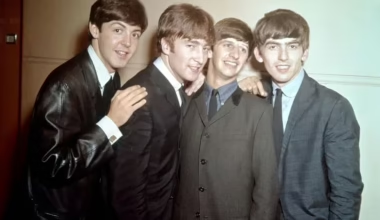A friend in need is a friend indeed, according to the old adage, but it’s hard to tell whether Pink Floyd were ever friends at all. When all the gears clicked into place on The Dark Side of the Moon, it’s hard to imagine these four titans of rock existing on different pages but the fact is, for most of their story, they did.
Of course, the two de facto leaders of the band, David Gilmour and Roger Waters, have been embroiled in a bitter feud for several years now, and it has become somewhat of an embodiment of the band’s energy. Forced together by a higher musical purpose, but constantly at war for the differences that make their sound so compelling, is what makes their reality so fractious.
So how did it come to a point where Pink Floyd accepted these two warring leaders as its frontmen, despite their incompatibility? Well, it was largely down to circumstance. Prior to Gilmour’s induction into the band, Syd Barrett was their creative leader. His songwriting was captivating and nuanced, but it sadly laced in the sort of esotericism that would lead to his demise.
Like Icarus flying too close to the sun, Barrett’s drug abuse, which once harnessed innovative creativity, soon became volatile unpredictability, and the band’s career began suffering. Gilmour was introduced to steady the ship and provide creative support for the band members, but Barrett’s situation soon became untenable.
Putting the creative endeavours of the band first, Barrett was forced to leave, leaving the remaining four members to continue on with their pursuit of greatness. And, of course, in 1973, they achieved it, creating an album that would be considered by many as the greatest of all time. But at what cost?
“I think looking back now, what’s rather sad is how little we understood or knew how to deal with it. And it’s not that we were unsympathetic, but I just don’t think we had a clue as to what was happening or why it was happening,” drummer Nick Mason explained when asked about Barrett’s deteriorating health.
“The fact of the matter is, we still don’t truly know whether Syd had a breakdown anyway or whether there was some LSD involvement in his collapse or whatever. But I think now we’d probably, well, I think everyone would now, take a very different view or at least find other ways of doing something about it,” he mused.
Pink Floyd’s role in Syd’s exit from the band was a sign of the times. In the late 1960s and early 1970s, the liberal outlook towards experimental drugs meant psychological collapse was commonplace, and in the creative industry, particularly, people simply viewed it as par for the course. But with retrospect and a growing understanding of how mental health works, Mason can reflect on the situation with an altered outlook.
“Mental health is something that was almost, I won’t say untreatable, but it’s only in the last 100 years, I think, that there have really been the beginnings of an understanding and acceptance,” the drummer noted.
Perhaps the saddest part of it all is the continued oversight of Barrett’s musical legacy. While history may try to paint a different picture, he was more than just a troubled soul caught up in the whirlwind of hallucinogens. He was instead a deeply nuanced musician and songwriter without whom Pink Floyd would have never flourished.






